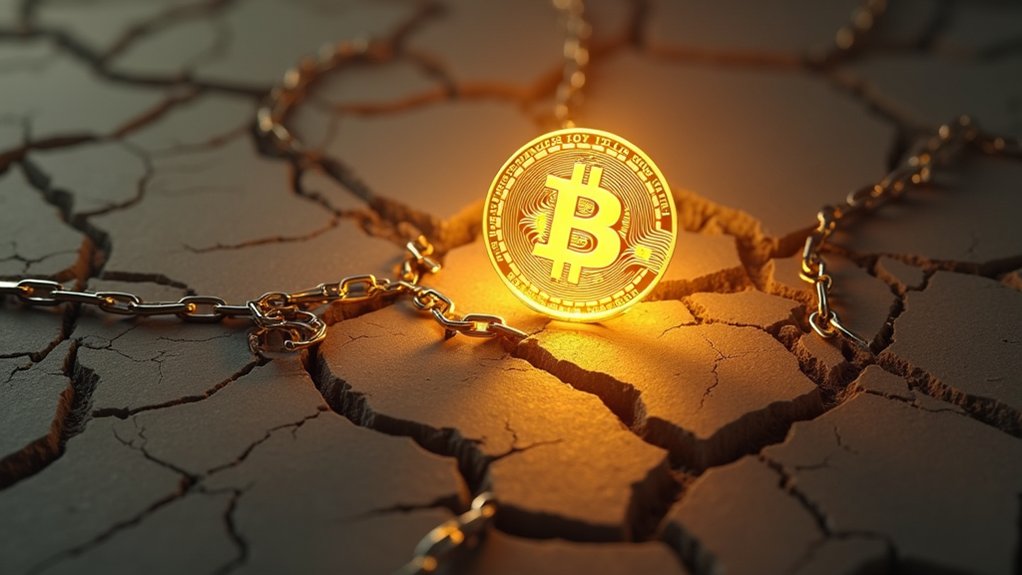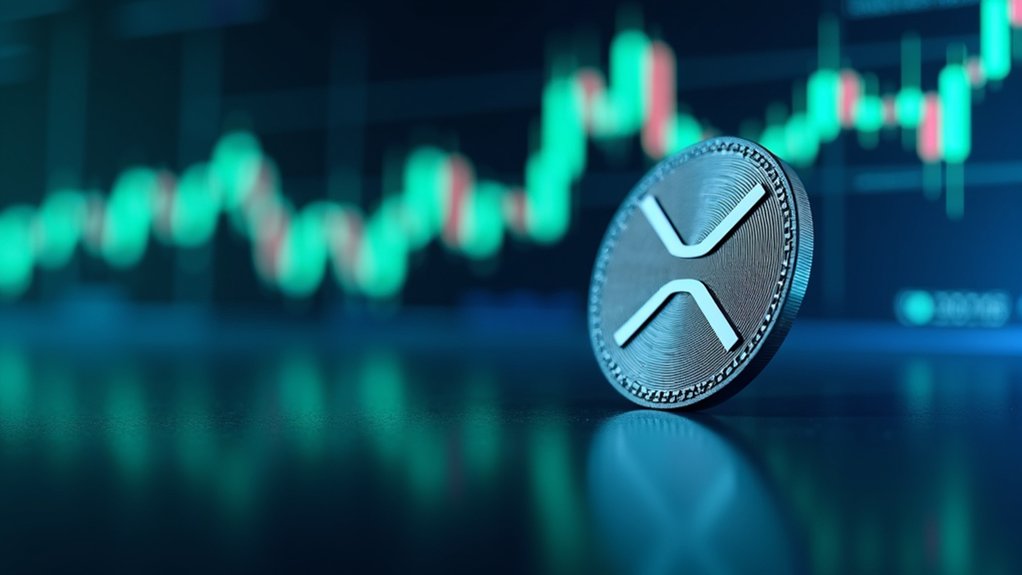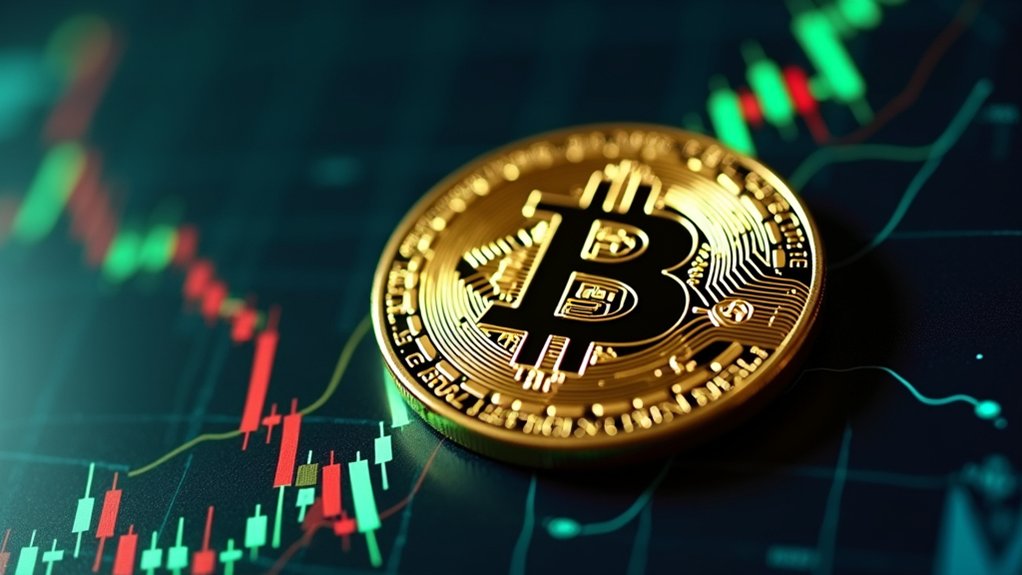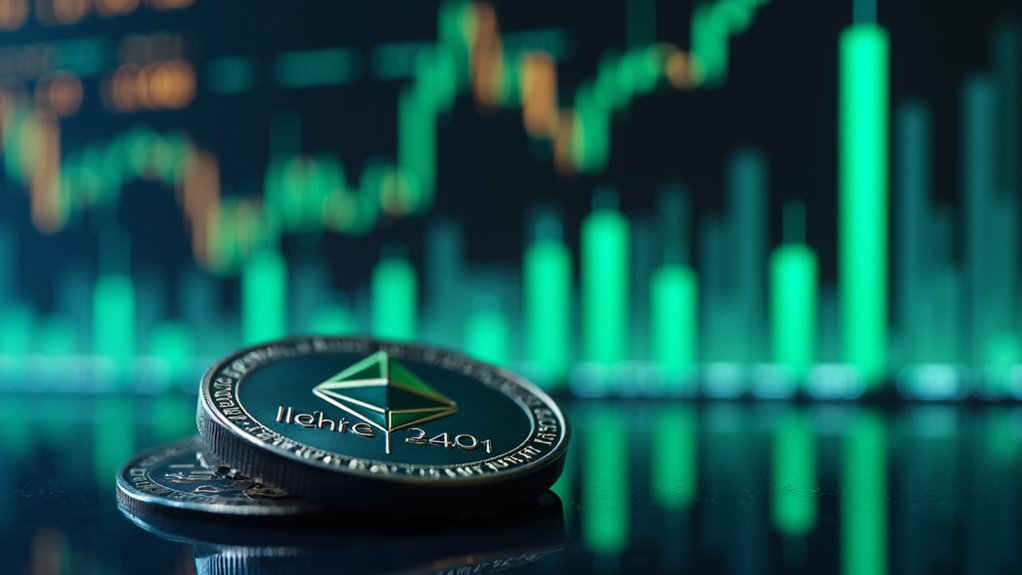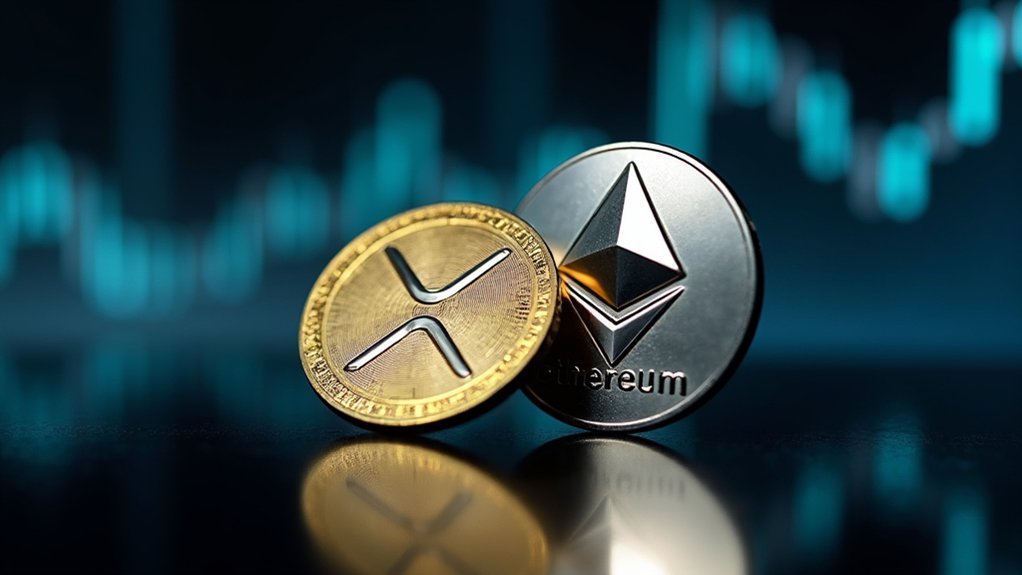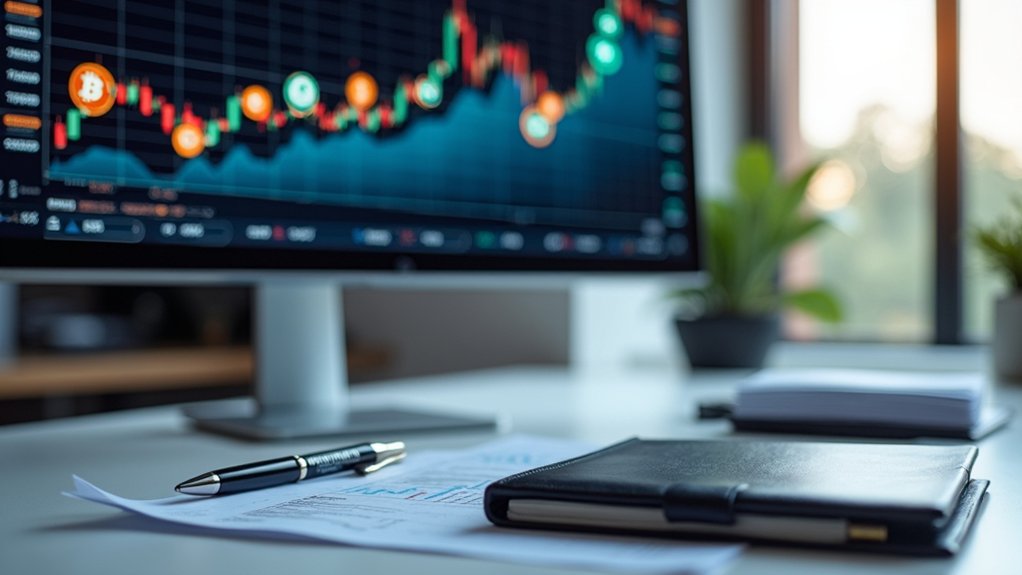The protracted legal saga between Ripple and the SEC, marked by allegations of unregistered securities sales totaling $1.3 billion, exposes not only the murky regulatory landscape surrounding digital assets but also the glaring inconsistencies in enforcement that have left market participants caught in a Kafkaesque limbo; despite the court’s nuanced ruling distinguishing XRP’s status on exchanges from institutional transactions, the imposition of a $125 million penalty and a permanent sales ban underscores the judiciary’s unwillingness to grant carte blanche to crypto entities, demanding accountability where convenient while perpetuating uncertainty where it suits bureaucratic inertia. This regulatory ambivalence manifests in relentless market volatility, as traders and investors oscillate between euphoric rallies and despairing sell-offs, tethered to every legal twist and regulatory signal that threatens to either legitimize or delegitimize XRP’s market presence. The regulatory impact, far from clarifying, has instead entrenched a paradox where compliance is demanded post facto, yet clear guidelines remain elusive, ensuring that digital asset ventures operate perpetually in a shadow of doubt. Businesses navigating this space must maintain meticulous record-keeping to comply with evolving tax and regulatory requirements. The recent presidential election and the resulting pro-crypto policy shift have introduced new dynamics that could reshape the regulatory environment for XRP and similar assets. Moreover, Ripple’s recent proposal of a $50 million settlement, substantially lower than earlier estimates, signals a strategic move toward ending the drawn-out litigation.
Ripple’s strategic retreat from cross-appeals, following the SEC’s anticipated withdrawal, signals a tacit acceptance of the imposed $125 million penalty and the permanent institutional sales injunction, a begrudging nod to the court’s authority that simultaneously preserves XRP’s non-security status in open markets. This delicate legal balancing act has done little to quell the speculative fervor inflaming XRP’s price swings, where bullish forecasts flirt with the $8 mark on AI-driven optimism, yet underlying market sentiment remains hypersensitive to regulatory maneuvers and the proverbial “what ifs” of policy shifts. The case’s broader implications reverberate ominously across the crypto sector, as regulatory agencies flirt with adopting more rigid frameworks, leveraging this precedent to tighten their grip, thereby ensuring that, while Ripple may step forward, the entire industry must continue dancing on a knife’s edge, trading certainty for chaos.

